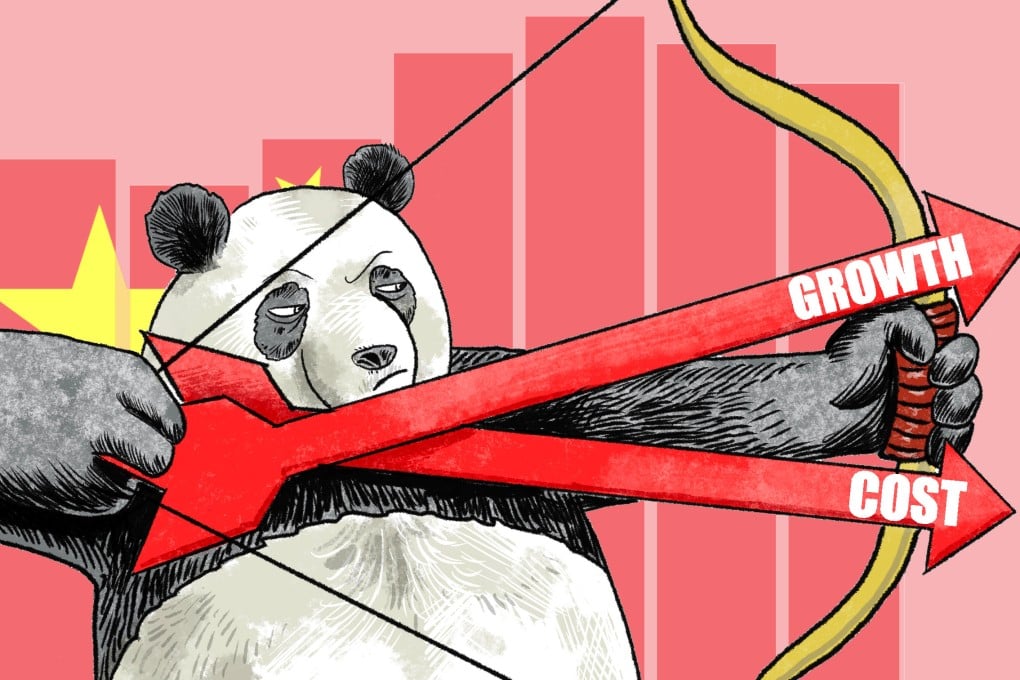Advertisement
Opinion | Here’s how China can fund its third plenum goal of high-quality development
- Given China’s weakened financial position, it must embrace low-cost reforms that drive growth without adding to budget pressures
Reading Time:4 minutes
Why you can trust SCMP
1

The recently concluded third plenum of the Central Committee reconfirmed President Xi Jinping’s priority to promote “high-quality development”, a euphemism for innovation and technological advancement. The leadership also highlighted geopolitical and domestic risks and financial consolidation given the pressures on local governments and the banking system.
Advertisement
For China, national security concerns now override many economic considerations. But for global financial markets and the foreign policy community, the immediate need is to resuscitate the economy by stimulating demand and acting more decisively on oft-stated reforms including support for the private sector and foreign investment.
Can these contrasting objectives be reconciled? The answer is yes, but only if Beijing achieves the right balance by implementing a set of reforms that would quickly bolster productivity and GDP growth at little or no financial cost to the state.
There is a major disconnect between the on-the-ground realities in China and the wishes of external China-watchers looking for tangible evidence the authorities will support a more market-friendly growth strategy. This explains why China’s equity markets have underperformed global averages.
While tepid second-quarter economic results might raise concern among officials, strong exports and robust manufacturing are seen as good enough to realise this year’s growth target of around 5 per cent. Calls for an expansionary programme on the scale of what China carried out for the 2008 global financial crisis are unrealistic given the country’s weakened financial position after the Covid-19 pandemic and years of smaller stimulus efforts.

Advertisement
